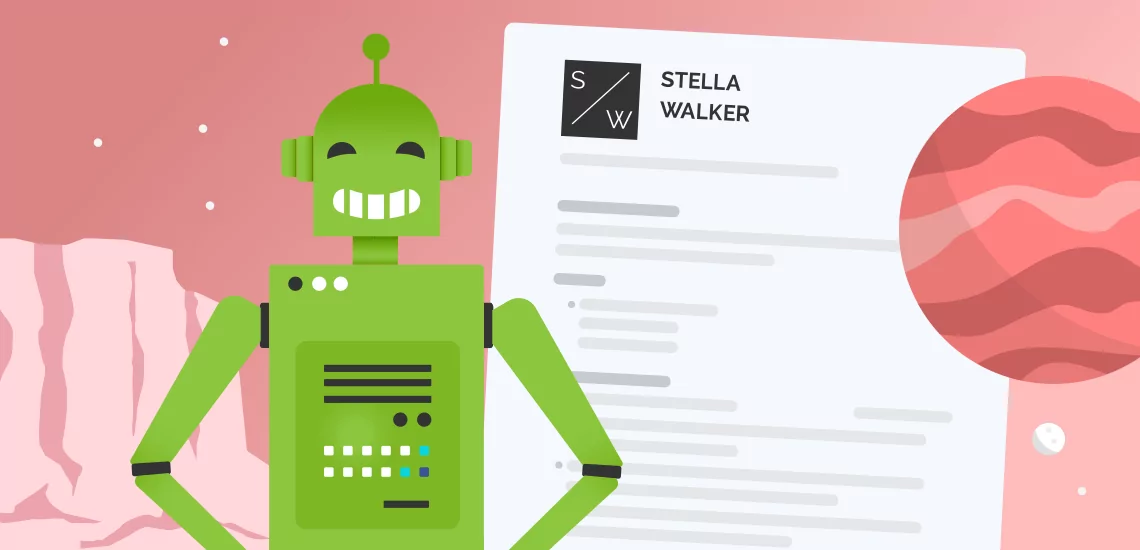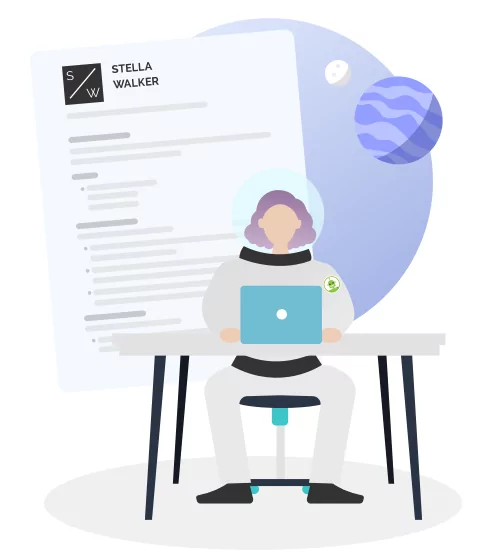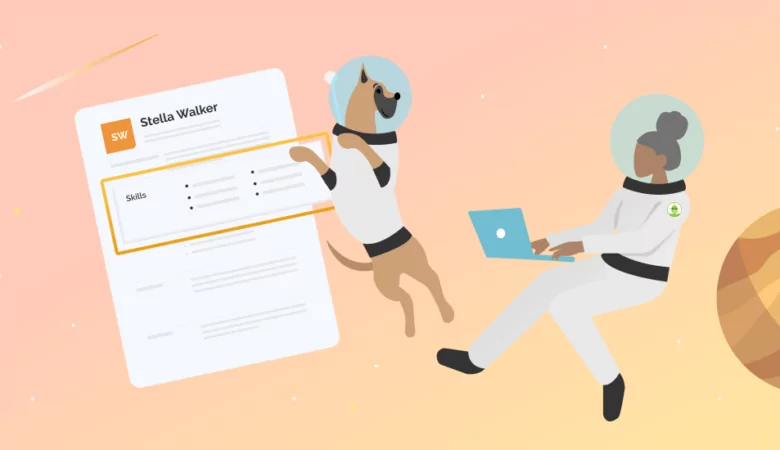Programming projects can really improve your computer science resume. Here’s how you can add programming projects to a programming-dependent resume.

How to Show Off Programming Projects on a Resume
Programming Projects To Add to Your Resume
When you’re planning to become a web developer or programmer, one of the most important components of getting a job is having an especially effective resume. While you can certainly include experience from a wide variety of sources, programming projects are a great way to beef up a resume. Here’s what you need to know to list programming projects on your resume.

Programming Projects To Include on Your Resume
When writing your resume, one of the first questions you should ask is, “How is this resume going to catch a hiring manager’s attention?” A list of projects can show that you’re an experienced programmer who really understands software development. Here are a few programming projects you can include:
- Websites you worked on
- Artificial Intelligence programs
- Mobile apps (iOS and Android)
- Front-end and back-end web development
- Personal projects including games and algorithms
Although you may have completed dozens or hundreds of programming projects, a potential employer doesn’t have time to look through all of them. Narrow them down to your most recent, the most relevant based on the skills and experience listed in the job description.
How To Add Programming Projects to a Resume
There are two common ways to add a programming project to your resume.
1. Your first option is to add your project to the work history section of your resume. This can be helpful if you’re writing an entry-level resume and you don’t have much professional experience. Adding your side projects to your history section can showcase your coding skills even if you haven’t done the work for a company yet.
2. It’s also possible to create a section labeled, “Projects,” and add your projects to this section. This may be helpful if the job description specifically mentions independent projects or if you’re mostly interested in spotlighting work experience, but you also want to show off some interesting projects you’ve done.
Programming Projects You Can Add to a Resume
One of the reasons you add these projects to your resume is to show off a specific skill set. It’s important that you include both soft skills and technical skills in your resume, as well as include these skills throughout the resume. Here are a few bullet points that can help:
- API frameworks
- Python
- CSS
- HTML
- JavaScript
- SQL
- Microsoft and Mac OS
- Github
- Real-time machine learning
- Machine automation
- General data structures
- E-commerce forecasting
- User-friendly programming
- Amazon Cloud Services
- Real-world tech usage
- General programming
- Task management
The best skills to include on your resume are the skills that are required for the job you’re applying to. Keep your skills section to about 8-12 skills and check the job description to see what skills show that you are a qualified job candidate.
-
Other Tips for Adding Programming Projects to a Resume
Your resume format is an important part of adding programming projects to a resume in such a way that it really pops. You’ll organize your resume as a header, resume summary or objective, skills section, work experience section, education section and a section for certifications or achievements.
Your resume header should include all your contact information, including your phone number and email address. Also include professional social media links like your LinkedIn profile. This section will be part of the resume template you choose from ResumeNerd.
In the first paragraph, you’ll write a resume summary or resume objective. A resume summary summarizes your achievements and experience and is your best option if you have years of experience. In contrast, a resume objective focuses on your skills and career goals and is best if you have little to no work experience.
Next, add the most relevant skills in your skills section. Remember to list both hard skills and soft skills to spotlight a diverse array of skills.
Include up to 10 years of experience, starting with your most recent job position and working backward in the work experience section. Add your job title, how long you worked at the location and the job duties that you were responsible for.
In your education section, you can include the name of your university or college on your resume next to the degrees you’ve earned. Software developers and software engineers usually have a computer science degree, but any degree can be helpful to add to your resume.
Then, you can add any certifications or awards in a final section on the resume.
Remember that the quickest and easiest way to create your resume is to use the ResumeNerd resume builder to craft a perfect resume.
FAQ: Programming Projects To Add to Your Resume
A cover letter is an incredibly helpful way to showcase your skills and experiences and add a bit of humanity to an impersonal resume. If you’re submitting a resume, a cover letter can help round it out and make you more likely to land a job interview. Use the ResumeNerd cover letter builder to create your programming cover letter.
Yes, it’s best to include the programming language that you used for different projects. This gives a recruiter a good idea of the languages that you’re most confident in and the languages that you use most often. If the job description mentions a specific language, include projects that use that language.
Most programming projects are fair game to include in your resume, except for projects that are not professional or that you performed for a company under any kind of strict non-disclosure agreement (NDA.) To determine the best projects to highlight, just look at the work the potential employer is expecting you to do, then choose similar projects.








